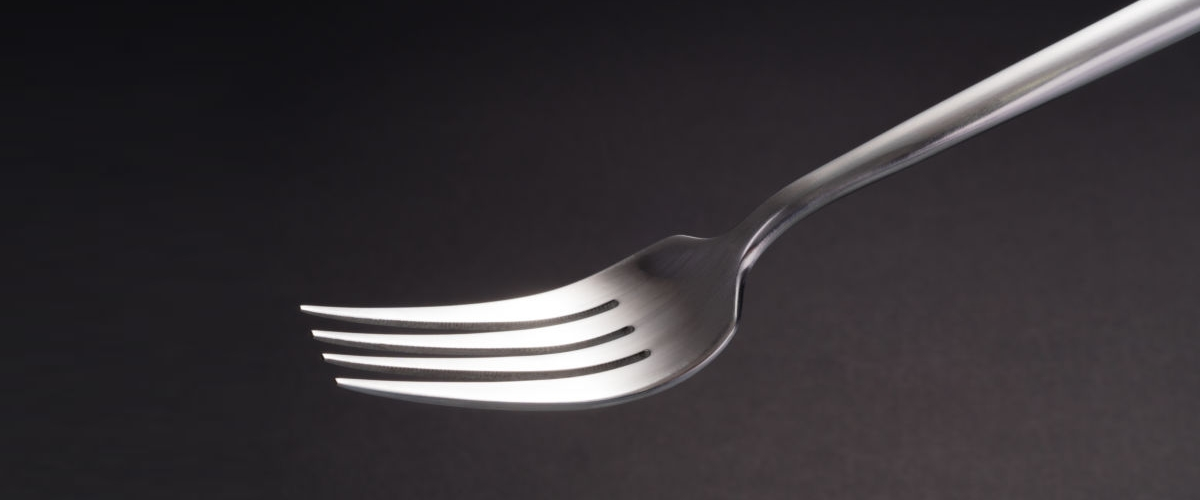Forks form an essential part of cutlery, using them is as natural and intuitive as using spoons. They are a simple yet handy kitchen tool in existence. You are likely to pick up the fork for every other dish. Even the top fine dining restaurants in Jaipur, or for that matter any place, have a layout of forks on their dining tables as an indispensable part of cutlery. However, what one doesn’t know is that this amazing tool is the latest addition in cutlery. People got along without forks for thousands of year. However, the shape of the fork has been around for centuries, even a lot longer than other utensils.
We have decided to delve into history because it is one of the most intriguing among all kitchen tools. This also means that we are still learning to use this instrument. So, let’s look into the world of forks!
In ancient Greece, large fork-like tools were used to take food out of the boiling pots. However, on the table, people were still accustomed to using knife points, spoons, and hands. Later in the eighth or ninth century, Persians started using lookalike of this cutlery.

An interesting description of forks is illustrated in the manuscript of the 11th century all the way from the Byzantine Empire. It is believed that the princess of the empire was known for her excessive delicacy habits. She had a habit of not touching her food with her fingers. For this, she would command her maids to cut the food into small pieces, which she would pick on a golden tool with two prongs.
The faint use of fork-like instrument continued in the middle age (15th – 16th Century) with a little journey to different countries. From Byzantine, they arrived in France with a lady Catherine de Medici. Catherine used to organize large public food festivals to display the power of the monarchy. The food with which she toured the country went on display, making forks popular; although they were used occasionally.
By early 1700, people started purchasing sets of silverware for their dining table. It was only in the middle of the 18th century, that the use of fork became normal, especially in France; even rebukes were reserved for those who made incorrect use of forks.
Carolin Young, a famous writer of that time, wrote and traced the unsettling era of the forks through the late 19th century. The British were still not using forks, which he considered unmanly.

However, off lately, forks have become an everyday household object. There were Italian forks, Bakelite forks and the journey continued to 1970s when five-time forks were introduced. Later in the 1980s, plastic forks became popular. The post-modern forks got a reference in the 1990s.
Today, the forks have taken several shapes and forms. There is a different fork for serving food to a different one for salads and fruits. Smaller ones are dedicated to desserts.
With the forks, the techniques to use them became quite popular. Learning the nuances became the way to integrate with the social groups; which is particularly true even today because people still get them wrong despite accepting them totally.
Eating different dishes with the proper type of fork can honour the integrity of the meal. However, before you imagine yourself to be incapable of using different kinds of forks, let us tell you that you can use a table fork for almost everything and it will protect you from appearing silly. Visit us at Meraaki and put your new found knowledge to the test, with our wide-ranging dishes. May the forks be with you!







